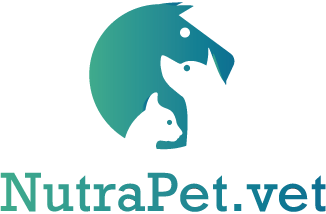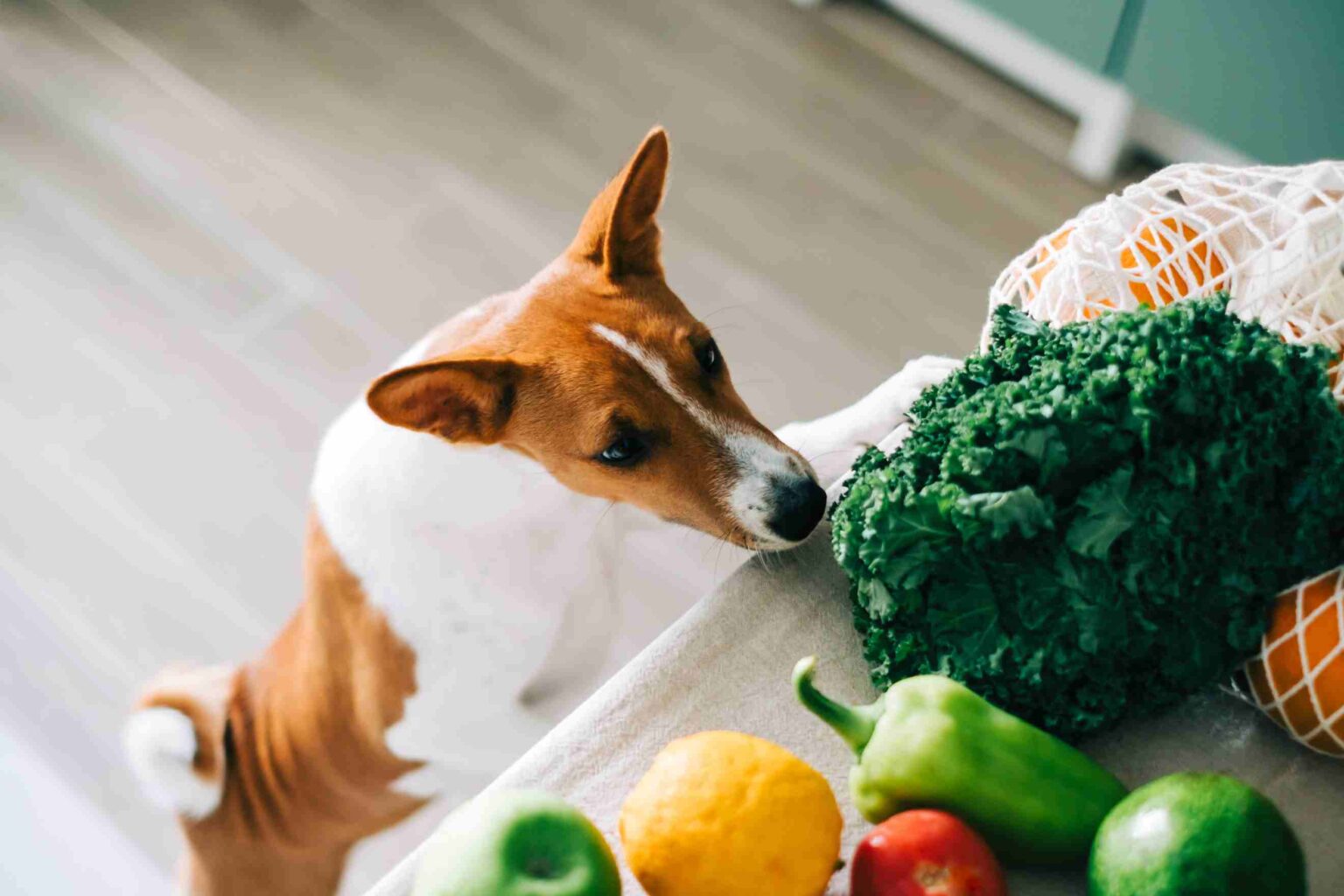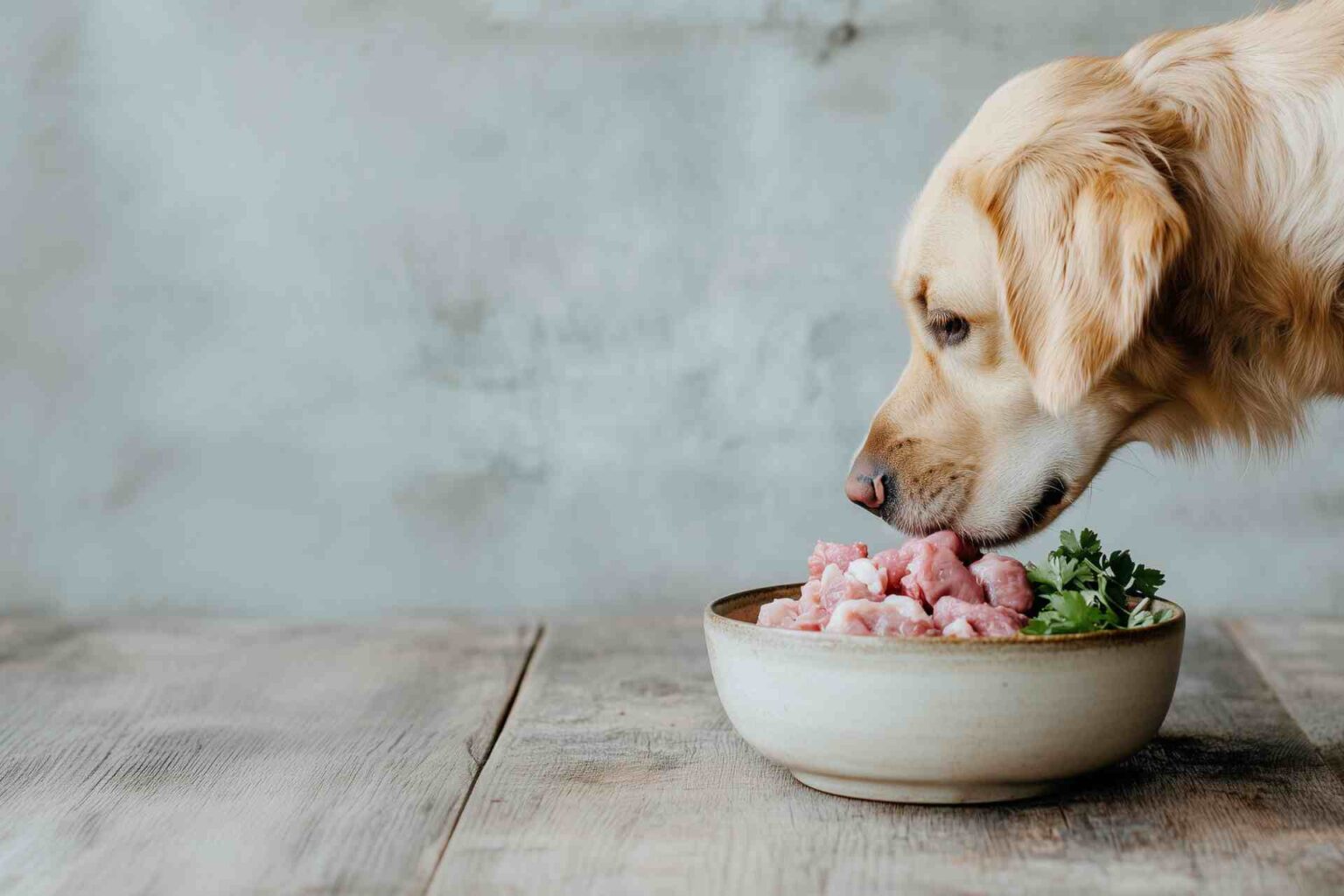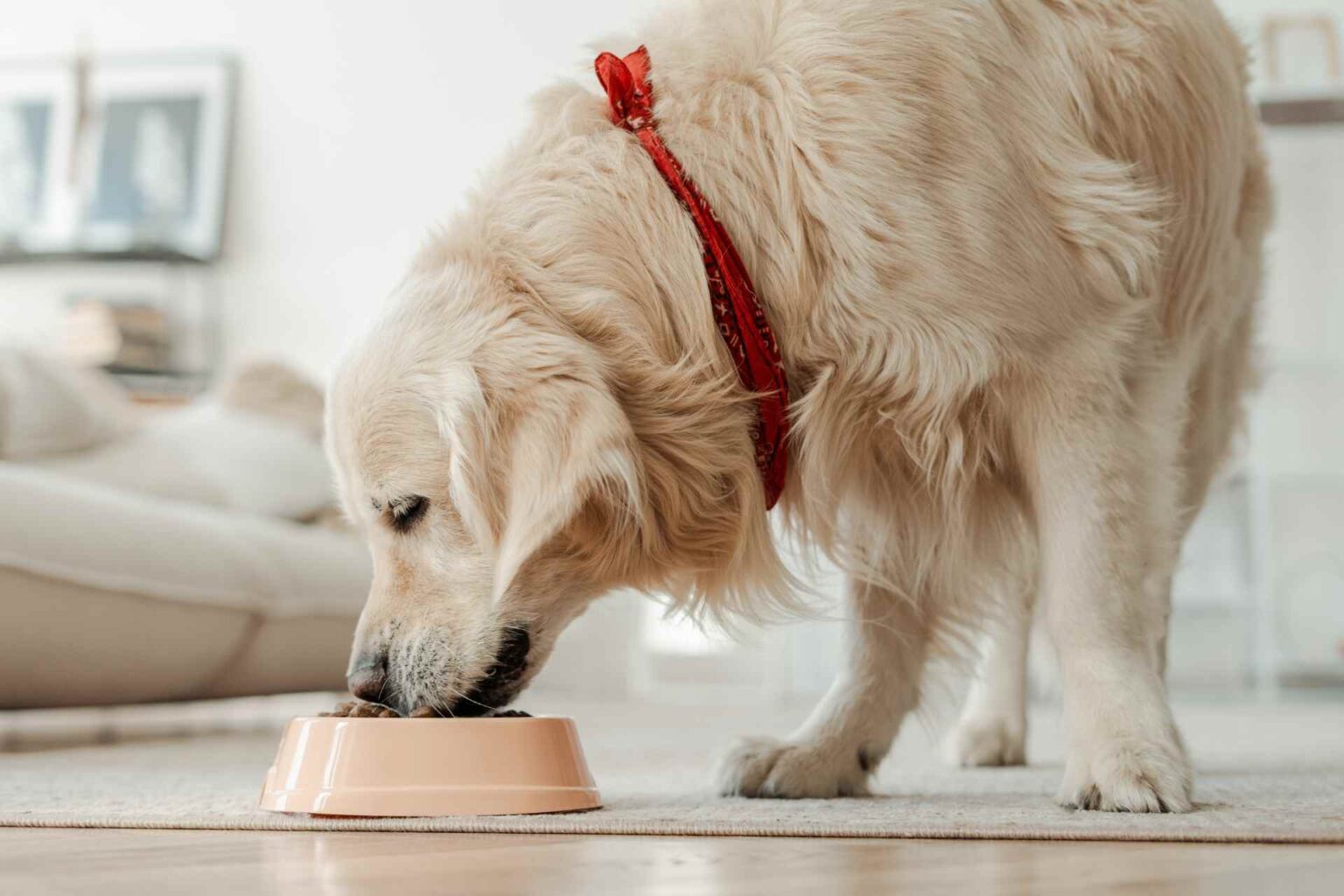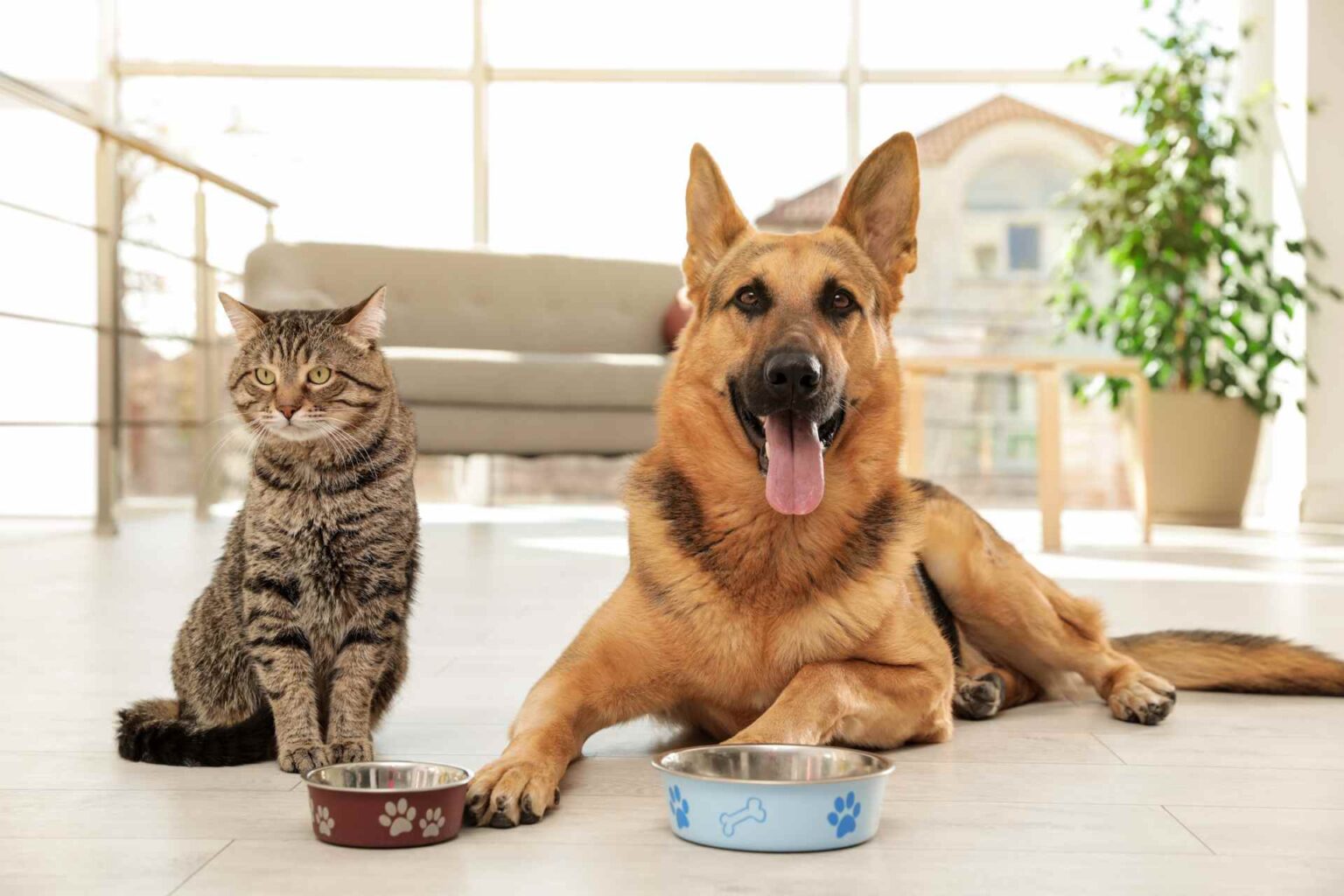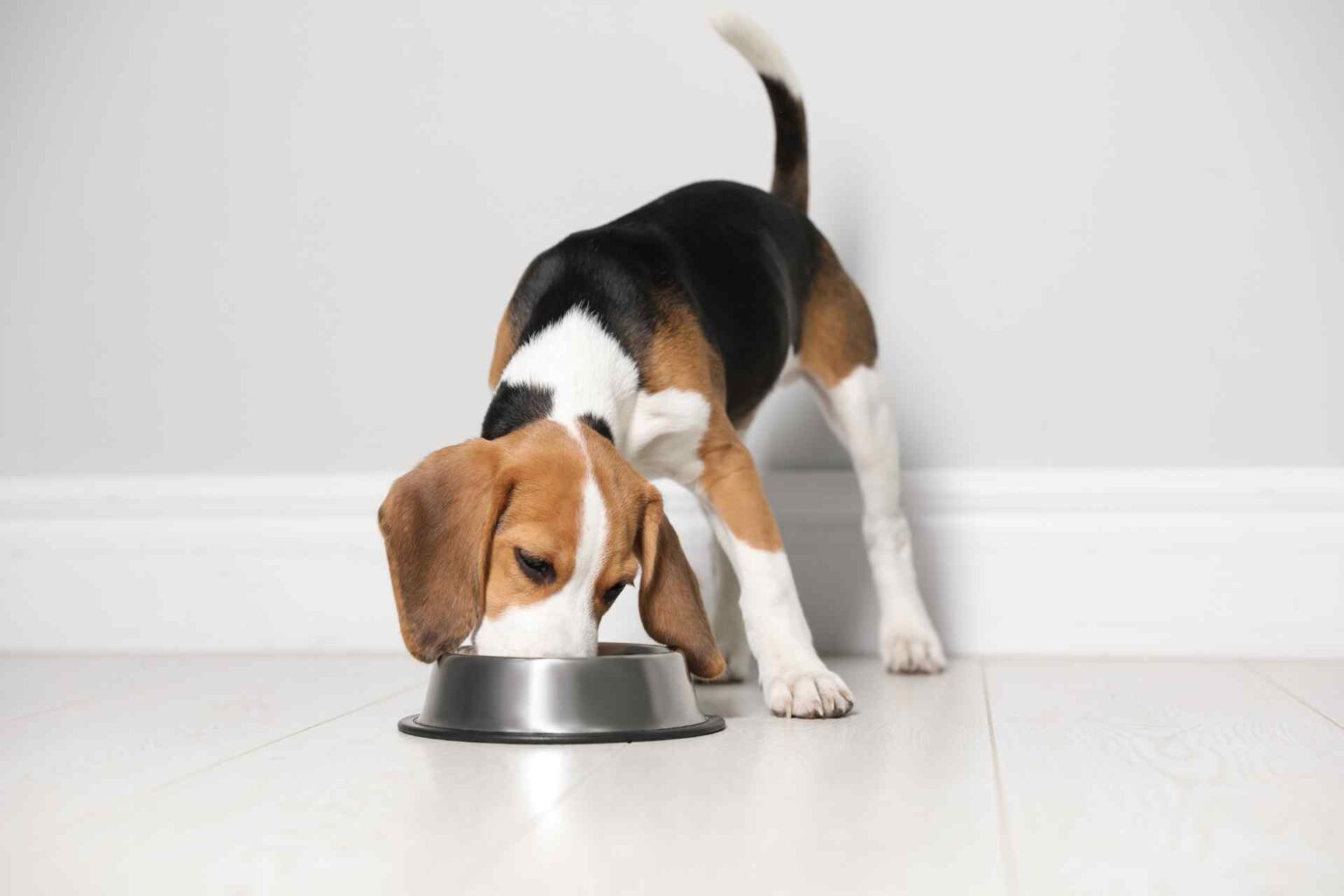The pet food industry is growing rapidly, new protein sources and production methods are being experimented with, but what’s new about palatability, which is crucial for our increasingly demanding dogs and cats?
Palatability, in fact, has been identified as a crucial factor in determining the success or failure of a product in the market and the likelihood of repurchase. However, research still largely uses traditional methods: tests focus on the amount of food consumed, but little consideration is given to why differences are observed and which ingredients are most important.
A New Zealand review that appeared in Animals in March this year considers the feeding behavior and nutritional needs of dogs and cats, before focusing on the diet selection pattern of cats .
The different formats of pet foods available and the ingredients commonly included in those foods are also evaluated and then the methods used to evaluate the palatability of pet foods are reviewed.
Differences between cats and dogs
Although dogs show greater acceptance of a wide variety of foods, their opportunistic eating behavior and tendency to consume the first food of choice can be a challenge when trying to identify the key components that drive food intake. In comparison, cats show greater selectivity and are able to detect small changes in food composition.
In the long term, cats selected similar protein and fat intake regardless of flavor combination, suggesting that macronutrient balance is a key factor in long-term food selection and intake in the domestic cat.
Kibbles vs. canned goods
The ingredients contained in dry pet foods are more or less the same for dogs and cats, although more emphasis is placed on the inclusion of animal proteins and fats in cat foods.
Dry pet foods have the advantage of being a relatively cheap and useful source of energy compared to wet and semi-wet foods. Dry foods are also very easy to store and distribute; however, they are often less palatable than other food formats, especially for cats.
Compared to dry foods, canned foods are generally more desired by cats because they reflect meat-like properties and also contain little or no grains or carbohydrates.
Palatability test
The liking test is used to determine the inherent palatability of a single product, while the preference test uses the simultaneous presentation of several diets (usually two or three) to determine whether one is preferred over the others based on intake.
Currently, traditional methods of palatability testing are used to assess the acceptance and preference of complete and balanced pet foods, as well as for treats. However, until recently, few studies have used these traditional methods to evaluate the palatability of individual dietary components, particularly meat and its by-products, which are important to the cat, an obligate carnivore. It is known that cats show differences in palatability for certain by-products, however, there are gaps in our knowledge in this area.
Reference
Reference: Watson, P.E.; Thomas, D.G.; Bermingham, E.N.; Schreurs, N.M.; Parker, M.E. Drivers of Palatability for Cats and Dogs-What It Means for Pet Food Development. Animals 2023, 13, 1134. https://doi.org/10.3390/ani13071134
